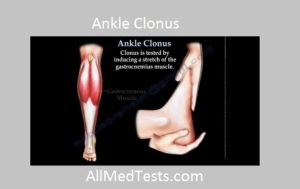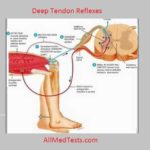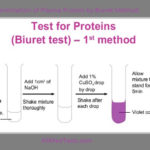Clonus:
When deep reflexes are exaggerated, the phenomena of clonus is elicitable. Clonus indicates upper motor neuron lesion and is indicative of hyper-reflexia. In anxoius persons the clonus is unsustained. The examples of clonus are:
- Ankle clonus
- Patellar Clonus
1. Ankle Clonus:
The knee of the subject is slightly flexed along with the hip joint. Held the anterior part of foot with other hand. Give two or three dosriflexion sharp movements to the foot. Then sustained pressure on the side of foot in dorsiflexion position is maintained. A series of contraction of muscle and ankle joint movements are seen when the ankle clonus is positive.

2. Patellar Clonus:
The subject is asked to lie supine. Tendon of quadriceps femoris muscle is held at the upper border of patella. Two to three sudden jerks are given downward to stretch quadriceps femoris muscle. Then stretch is sustained. A series of contractions of the quadriceps muscles occur and we call it that the pattelar clonus is positive.






Leave a Reply